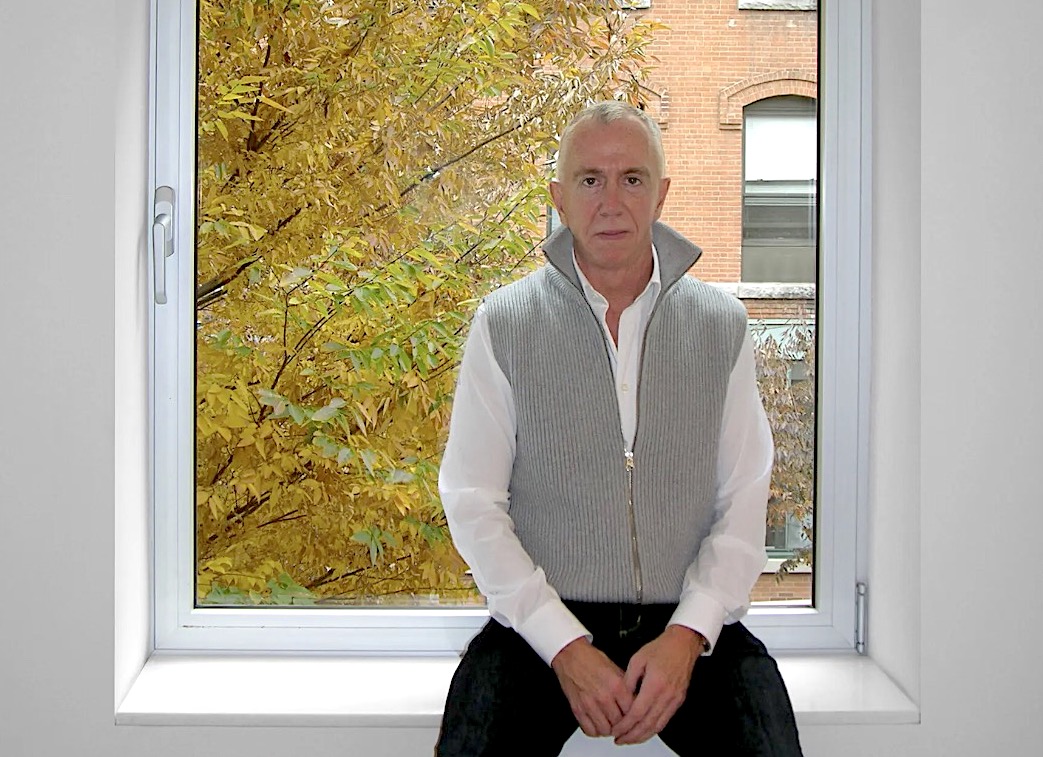Memorial for intersection #2
2013 - Sculpture (Sculpture)
Amalia Pica
Memorial for intersections #2 (2013) is a minimalist, black metallic structure that contains the brightly colored translucent circles, triangles, rectangles, and squares that originally were presented in Pica’s performance work A ? B ? C (2013). When read as A intersection B intersection C, this piece references the fact that, during the last dictatorship in Argentina (1976–83), the military junta forbade Venn diagrams, and the related concept of intersection, from being taught in elementary schools, because they were viewed as potentially subversive. In A ? B ? C , Pica invited performers to manipulate translucent, colored Perspex shapes, producing new configurations that used the idea of intersection to reimagine collaboration and community. This work enacts the very role that its title suggests, asking how a performance can become a sculpture. The structure transforms the original human performative gestures into cold, stylized frames that indeed memorialize something that was once living. If most memorials are monuments—that is, embedded in rich substrata of symbolic references—then Memorials for intersections are delicate and literal tributes to the truisms of math. Borrowing from minimalist and constructivist traditions, the memorials are simple, almost sophomoric, in the directness of their shapes and colors. While fixed in place, the transparent geometric panels hanging on the frame shift in tone throughout the day, responding to changes in light and reverberating with the live actions that led to their conception.
Amalia Pica describes herself as an outsider, in the sense that she is an Argentine artist living and working in an art world that is still largely dominated by the same nations that colonized the globe centuries ago. But Pica is not the kind of outsider who stands by sullenly and criticizes; she’s more like the quirky character spouting wit and wisdom from the peripheries of the stage. Her works often engage with the idea of being out of place and out of time—staging the aftermath of a celebration rather than the party itself, for example—all the while maintaining an attitude of bemused observation.
Colors:
Other related works, blended automatically

© » ARTLYST
Kara Walker
Brent Sikkema, the Manhattan art dealer renowned for representing artists such as Jeffrey Gibson and Kara Walker found dead The post Brent Sikkema – Visionary Art Dealer Of Jeffrey Gibson And Kara Walker Murdered appeared first on Artlyst ....

© » KADIST
Kara Walker
2005In her masterpiece 8 Possible Beginnings or The Creation of African-America , Walker unravels just that, the story of struggle, oppression, escape and the complexities of power dynamics in the history following slave trade in America...

© » KADIST
Julio Cesar Morales
2008The video Interrupted Passage presents a performance Morales staged in the former home of Mariano Guadalupe Vallejo, a mid-nineteenth-century Mexican general serving in California...

© » KADIST
Edgar Arceneaux
2006Untitled (Wheelchair Drawing) is a ten-foot photo transfer of the image of a wheelchair with burning embers in its seat...

© » KADIST
Hank Willis Thomas
2012Intentionally Left Blanc alludes to the technical process of its own (non)production; a procedure known as retro-reflective screen printing in which the image is only fully brought to life through its exposure to flash lighting...

© » KADIST
Simon Fujiwara
2016Masks is a series of abstract paintings by Simon Fujiwara that together form a giant, fragmented portrait of German Chancellor Angela Merkel’s face...

© » KADIST
Kwan Sheung Chi
2012Kwan Sheung Chi’s work One Million is a video work depicting the counting of bills...

© » KADIST
Hank Willis Thomas
2012Like many of his other sculptural works, the source of I am the Greatest is actually a historical photograph of an identical button pin from the 1960s...

© » KADIST
Rodney McMillian
2013In his evocative Landscape Paintings, McMillian uses second-hand bedsheets, sourced from thrift shops, as his starting point...

© » KADIST
Adrian Wong
2012Untitled (Grate I/II: Shan Mei Playground/ Grand Fortune Mansion) is part of a series drawn from architectural objects that mark the boundary of public and private spaces Wong encountered while strolling in Hong Kong...

© » KADIST
Kwan Sheung Chi
2007A Flags-Raising-Lowering Ceremony at my home’s cloths drying rack (2007) was realized in the year of the 10th anniversary of the establishment of The Hong Kong Special Administrative Region of the People’s Republic of China...

© » KADIST
Wong Wai Yin
2021Drawn from the widely circulated images of protests around the world in support of women rights and racial equality, the phrase I can’t believe we are still protesting is both the title of Wong Wai Yin’s photographic series and a reference to similar messages seen on protest signages...

© » KADIST
Hank Willis Thomas
2014South Africa Righteous Space by Hank Willis Thomas is concerned with history and identity, with the way race and ‘blackness’ has not only been informed but deliberately shaped and constructed by various forces – first through colonialism and slavery, and more recently through mass media and advertising – and reminds us of the financial and economic stakes that have always been involved in representations of race....

© » KADIST
Ho Tzu Nyen
2011The Cloud of Unknowing (2011) is titled after a 14th-century medieval treatise on faith, in which “the cloud of unknowing” that stands between the aspirant and God can only be evoked by the senses, rather than the rational mind...

© » KADIST
Wong Wai Yin
2008In this work the artist stages a humorously violent “intervention” against male-dominated cultures of art production in present-day China...





